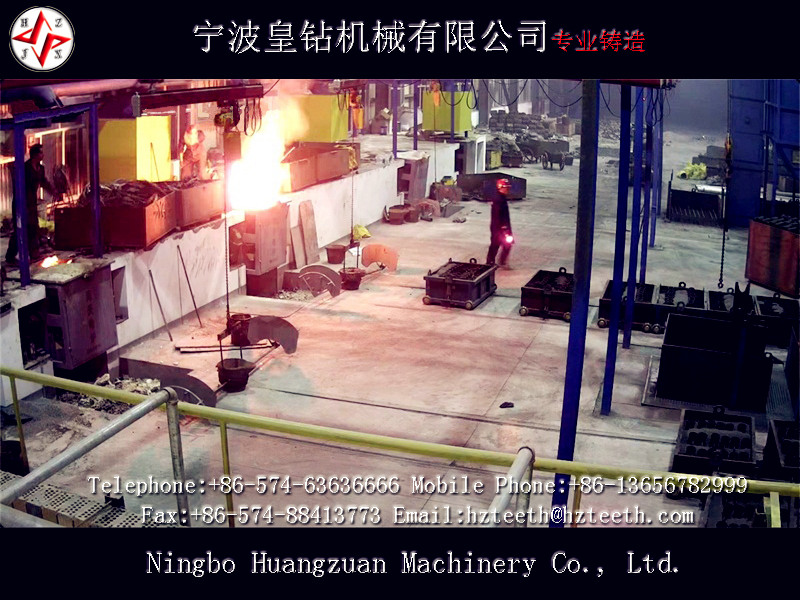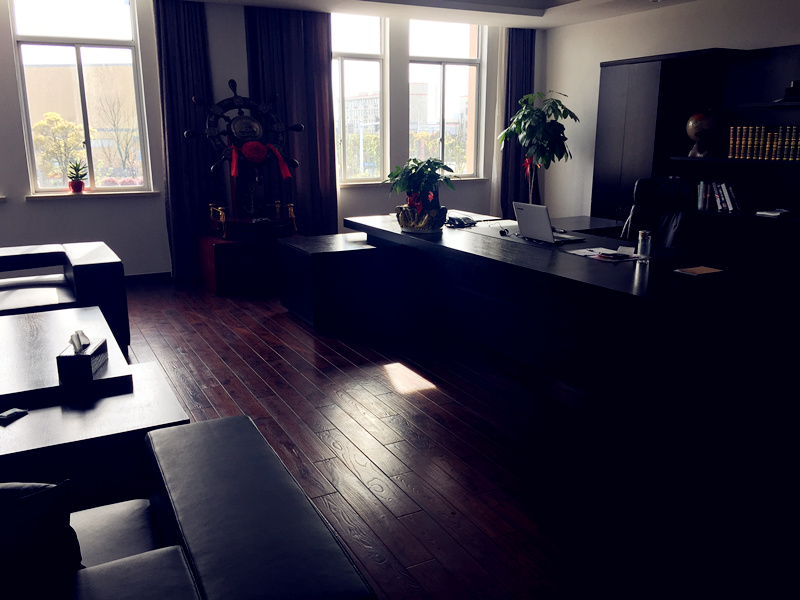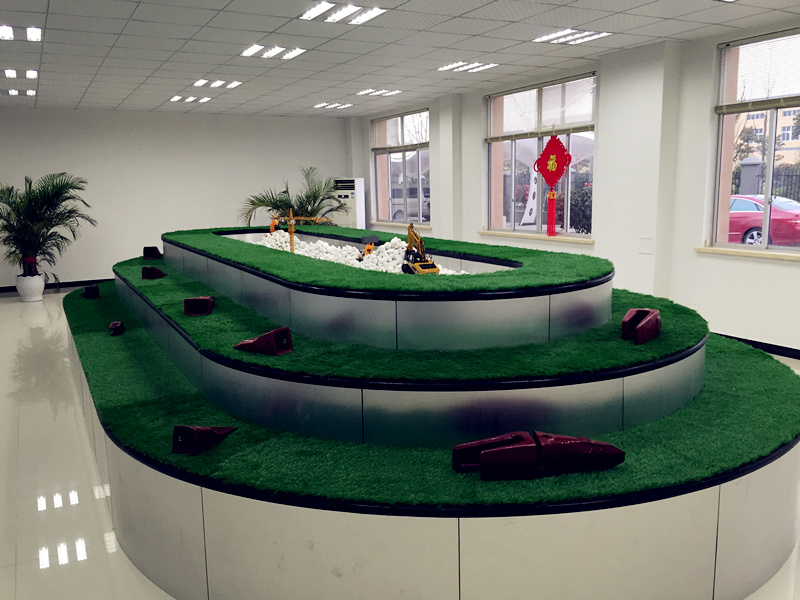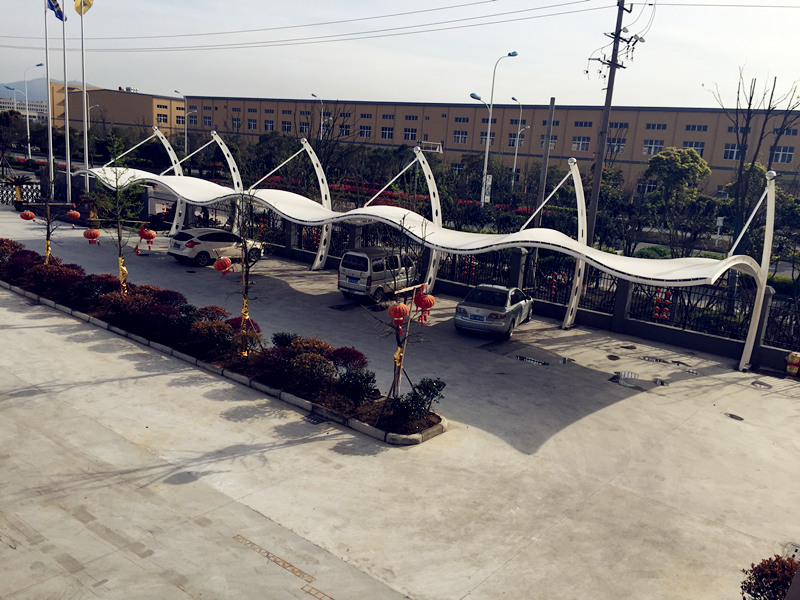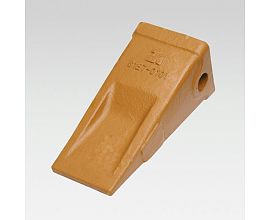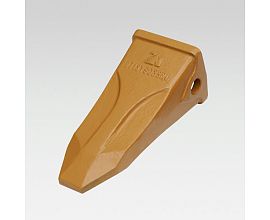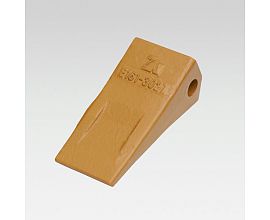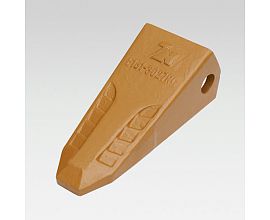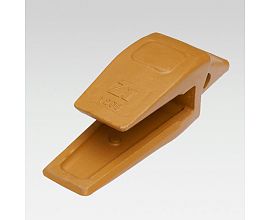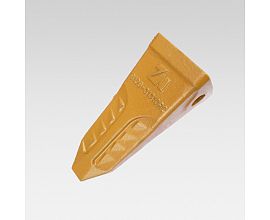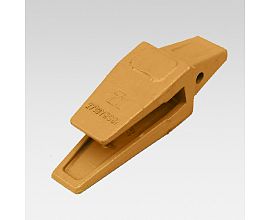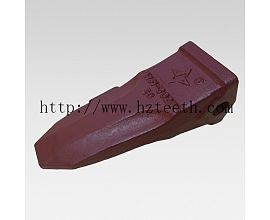When we pour the bucket teeth, sometimes there will be sand sticking phenomenon, so how to prevent the bucket teeth from sand sticking?
1. Compared with cast iron, the pouring temperature of cast steel is higher, sometimes as high as 1560-1620 ℃, the main reason for high pouring temperature is to prevent cold separation of steel castings, but at the same time, such high temperature has a long time of thermal action on sand mold and a large scouring force on mold. There are not many recycled sand in core sand, because there are too many fine sand, dust and iron coated sand in the recycled sand, which leads to low sintering temperature of molding sand, so new sand should be added in time.
2. The compactness of the sand mold should not be a problem. The sand mold at the place where the sand is stuck must not be compacted. Before pouring, every sand mold must be inspected to enhance and ensure the compactness and compactness uniformity of the mold. Special compaction shall be carried out for hard to compact and corner parts. The compactness of the sand mold should be high (usually ≥ 85), the uniformity should be good, and the gap between the sand particles should be reduced. In particular, it should be noted that the repair should be in place after the core is damaged, and the local looseness should not be caused by the repair.
3. Pay attention to the setting of pouring system and riser, and avoid local overheating of casting and mold. When designing the gating system, it is necessary to avoid the inner runner directly punching the mold wall.
4. Properly reduce the pouring temperature, pouring speed and pouring height. The so-called "properly reduce" means to reduce the influence and physical and chemical effect of metal bar on sand mold on the premise that it can be poured into casting. Pay attention to reduce the pouring height, the height of the upper mold and the height of the sprue cup, so as to reduce the hydraulic pressure, static pressure and the thermal impact force on the mold. For bucket tooth castings, although the wall is not thick, but the pouring temperature is high, which correspondingly prolongs the thermal action time between the steel bar and the surface of the cavity. When pouring, the dynamic and static pressure of the liquid steel on the cavity is large, which creates conditions for mechanical penetration and sand sticking.



